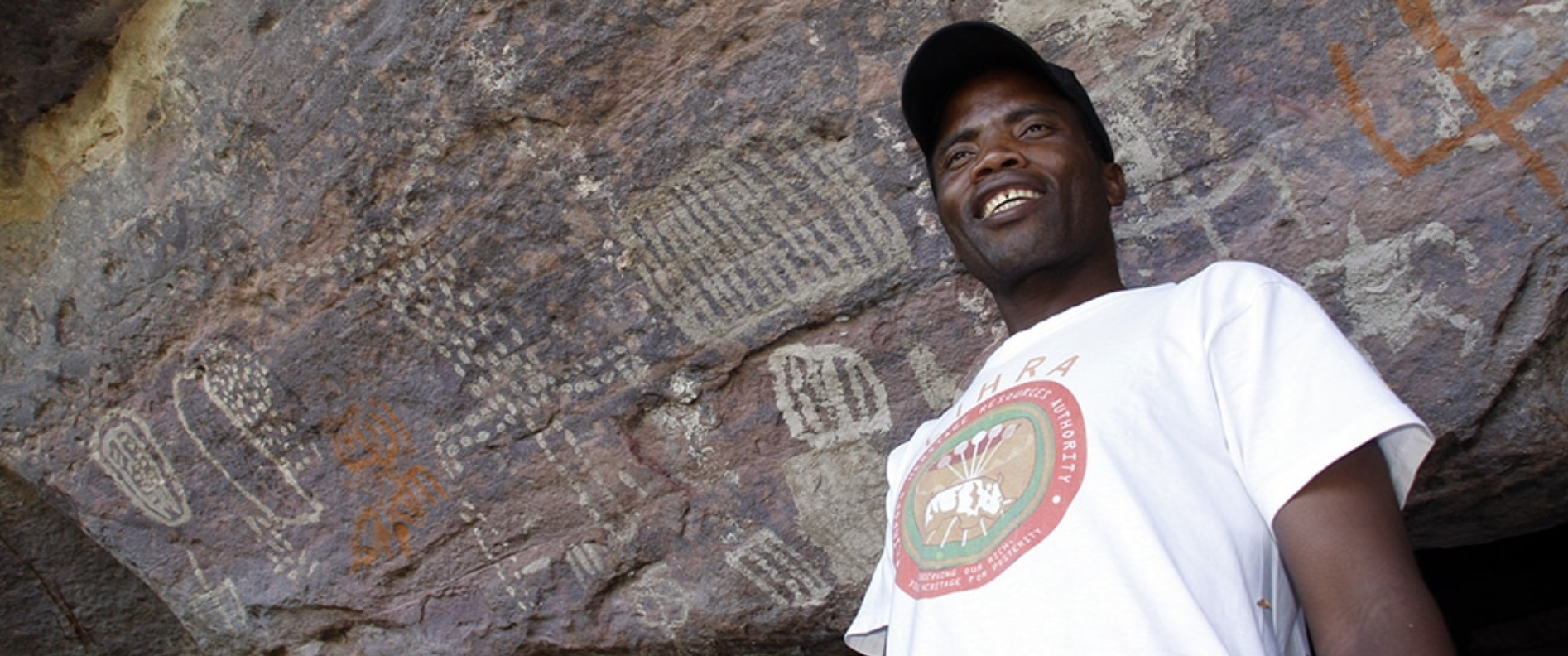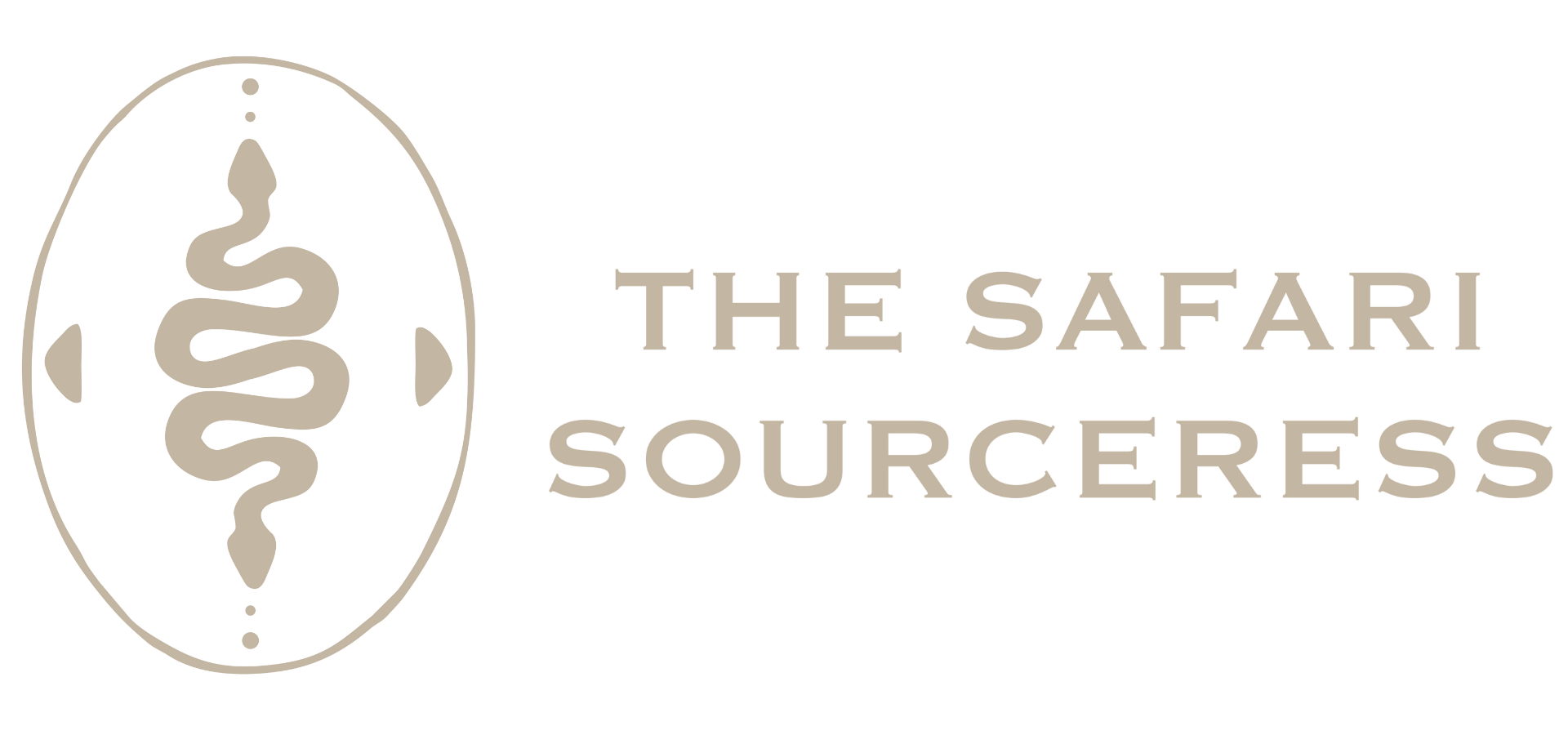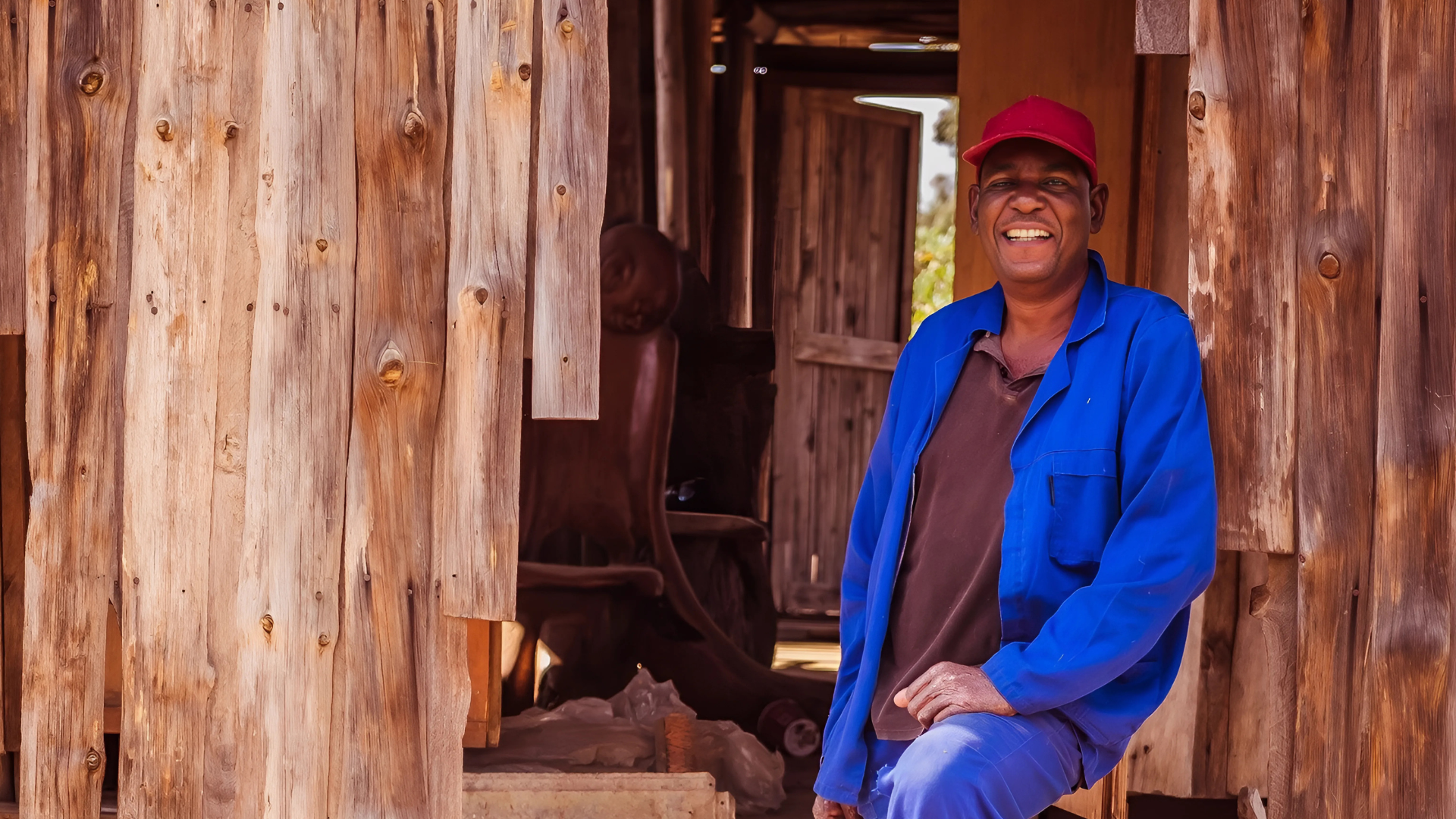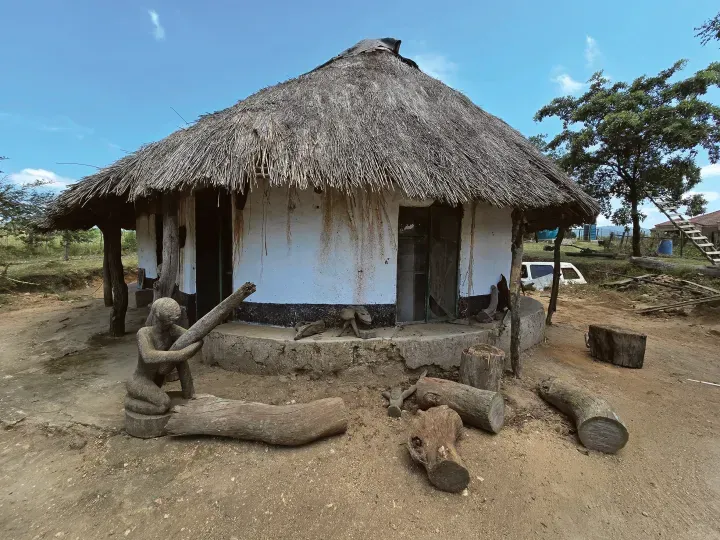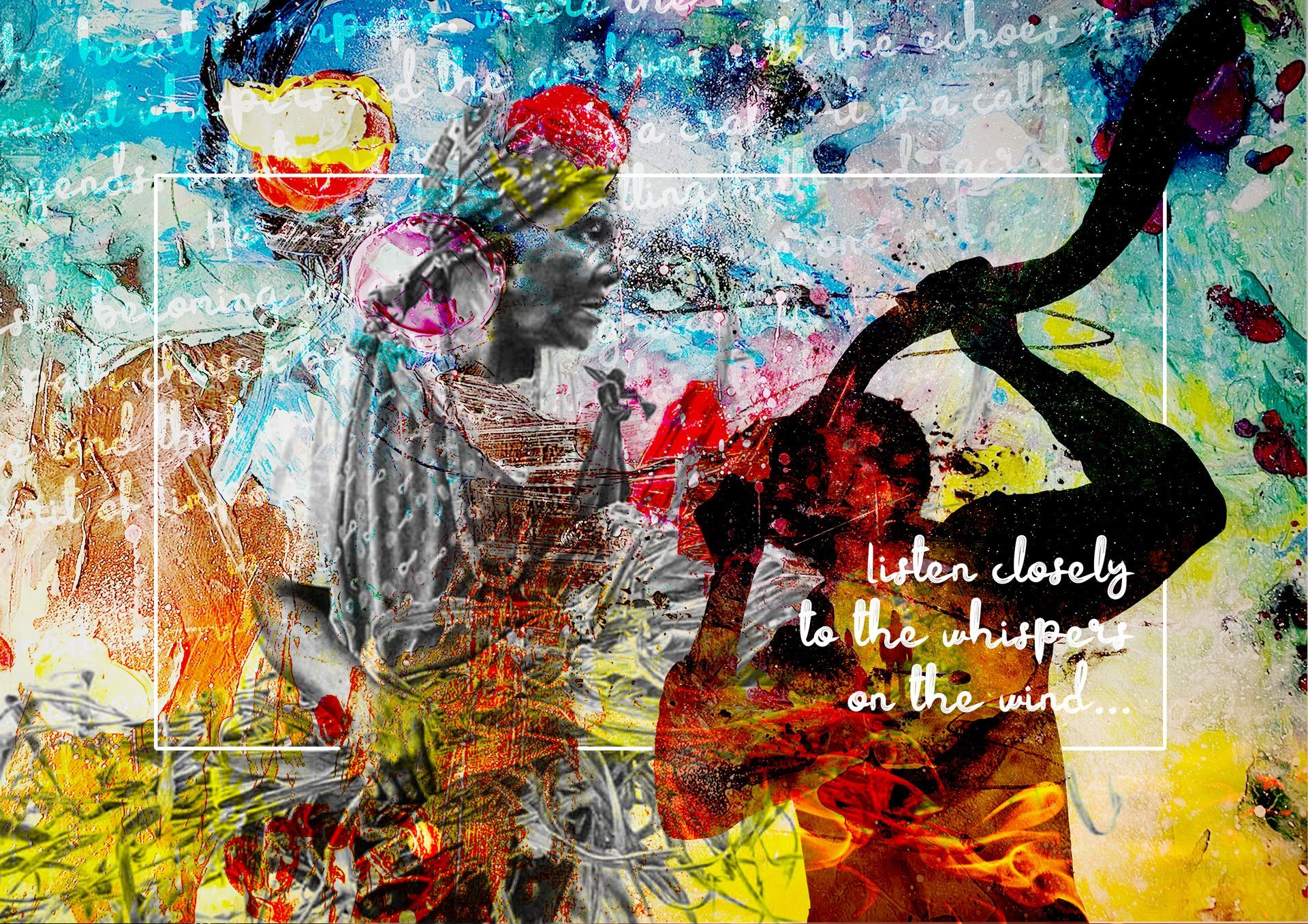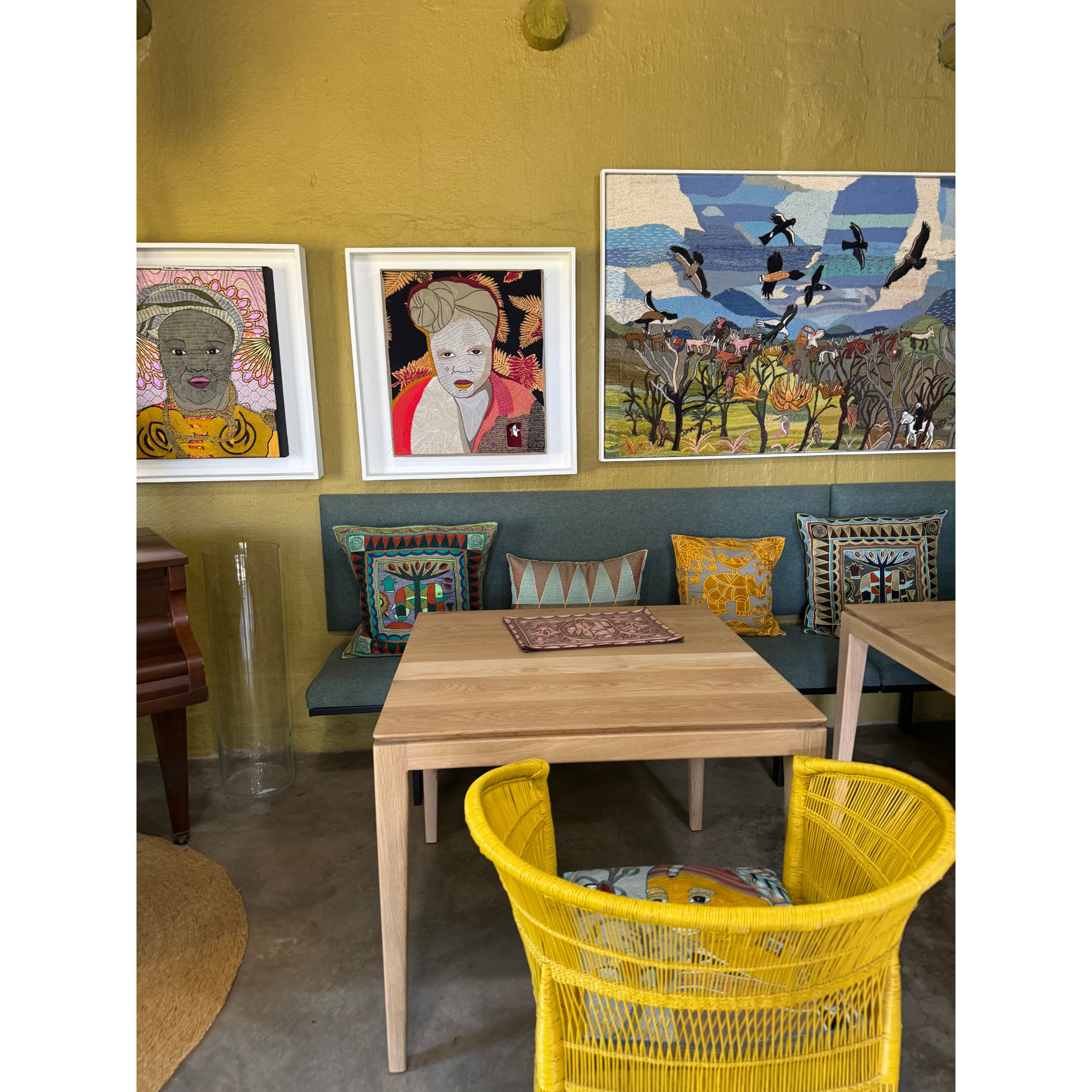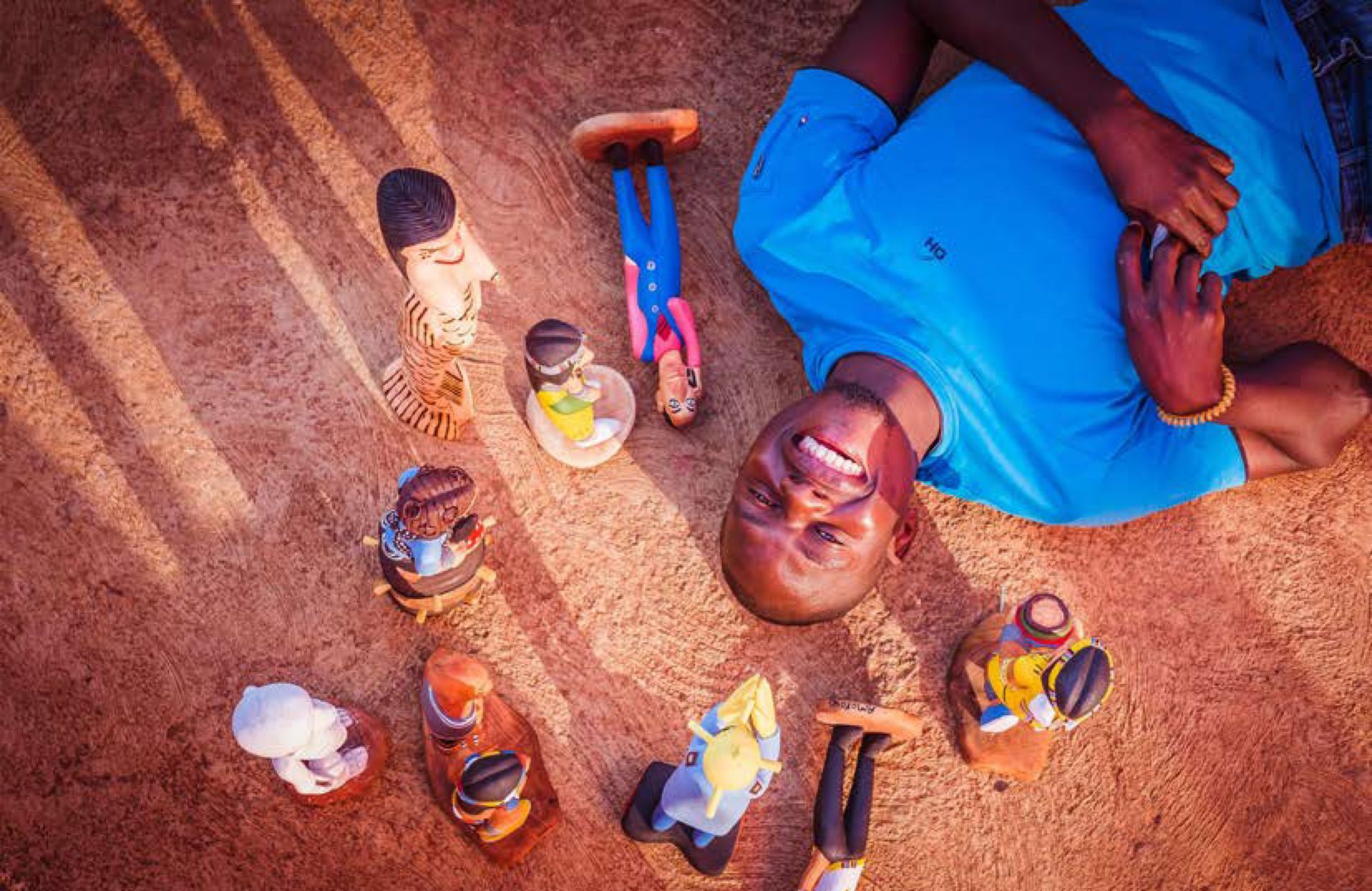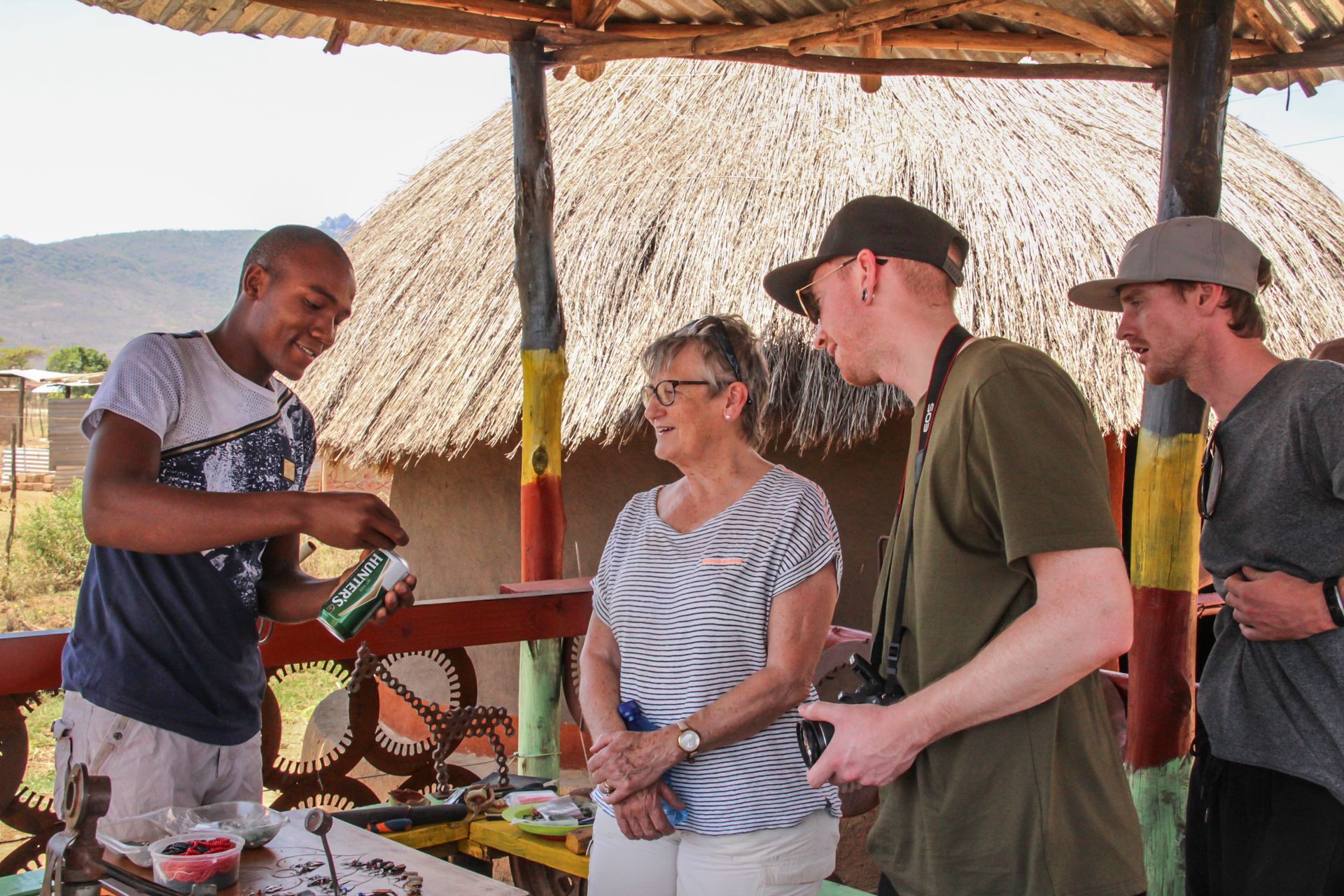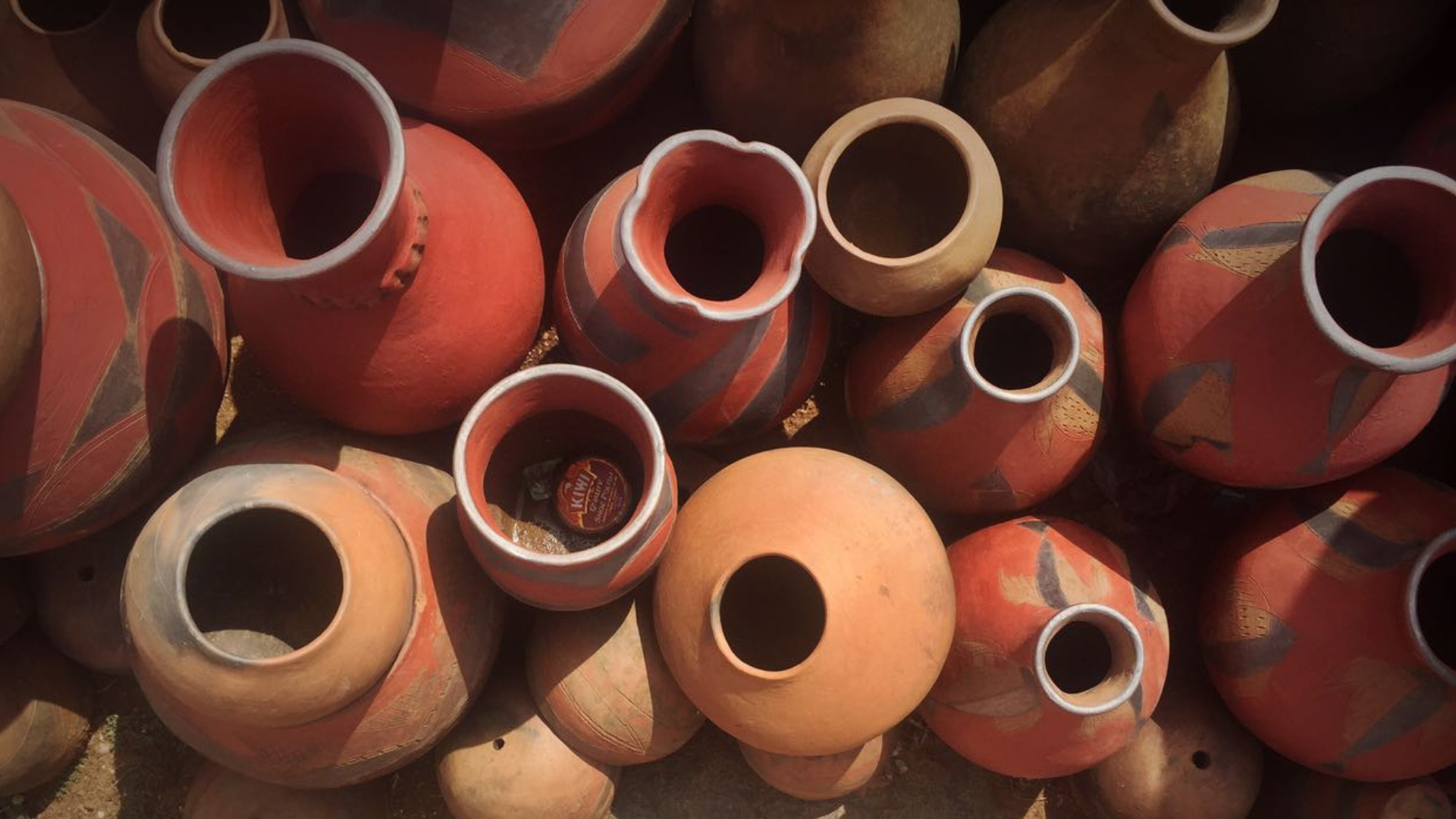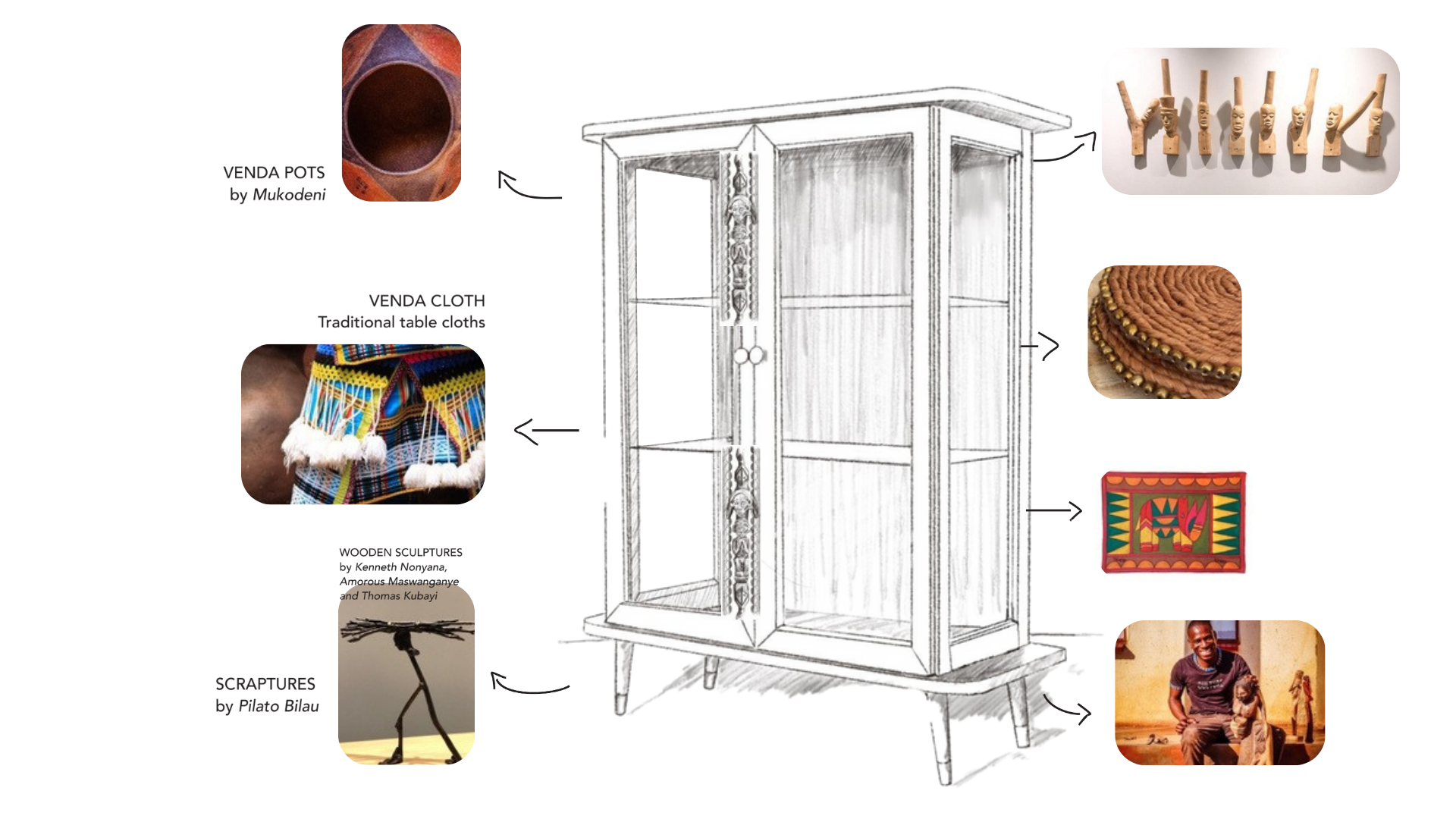David Murathi
The Art and Soul of Venda
By Love Limpopo
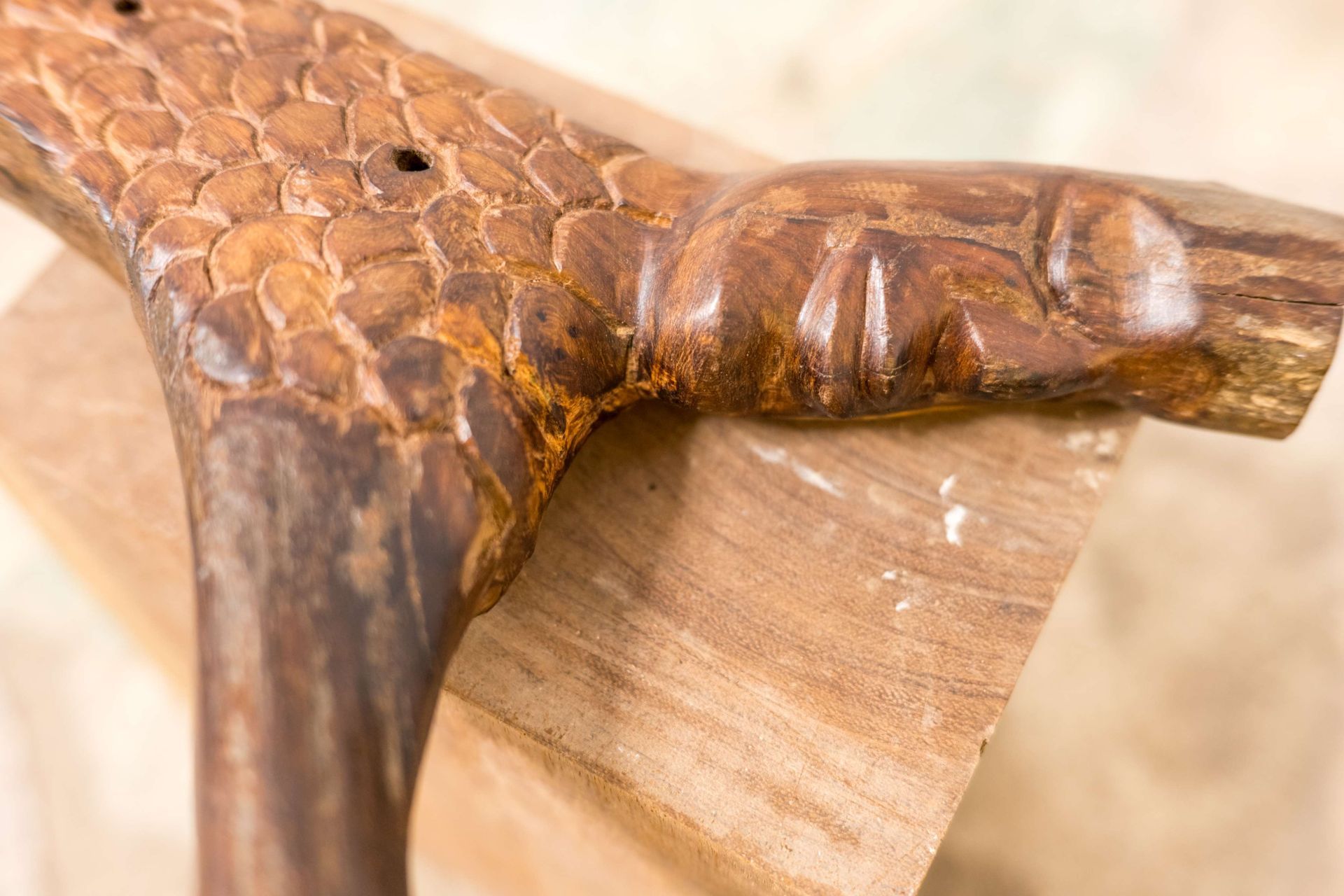
David Murathi is a master woodcarver whose work reflects the deep cultural roots of the Venda people. Born and raised in Tshakhuma, a village in the heart of South Africa’s Limpopo province, David’s art is an extension of his heritage, his family traditions, and his personal connection to the land.
His artistic journey began in his youth, when he learned the craft of woodcarving from his father and later, his famous uncle, Churchill Madzivhandila. This inheritance of skill is a vital thread in the fabric of Venda culture, where craftsmanship is passed down through generations, keeping the stories and traditions alive.
David’s woodcarvings are more than just beautiful sculptures—they are a visual language through which he communicates the dreams, myths, and rituals that shape the Venda worldview. His pieces range from strikingly expressive human forms to functional art that brings traditional symbolism into everyday life. Whether it’s a towel rail, a key ring, or a sculptural mirror, David’s functional art always sparks interest. "
"I still remember the first time we installed one of his face hooks—people couldn’t stop asking about it. It’s incredible how he blends practicality with artistry, creating pieces that serve a purpose while honouring the spirit of Venda craftsmanship."
Safari Sourceress
There’s something magical about the way David interacts with the wood. He lets the natural shape of the material guide the creation of each piece, resulting in works that seem to grow from the wood itself, echoing the connection between nature and the ancestral spirits. His sculptures often explore themes of spirituality, social issues and cultural narratives. From a woman offering traditional beer to an elder, to a dancer embodying the serpent-like form of the Domba Dance, each sculpture tells a story, revealing the soul of the Venda people.
But what truly sets David apart is his voice—a rich, honeyed tone that seems to resonate with the very essence of the earth. When you hear him speak, you feel at home, as if you’ve been invited into a world of warmth, wisdom, and tradition. He’s not just a skilled artist, but a respected traditional herbalist, drawing from the healing powers of nature and the wisdom passed down from his ancestors.
Visiting David’s home studio in Ha-Mashau is one of the most profound Love Limpopo experiences you can have. Tucked in the lush Levubu Valley, it’s a place where the pulse of Venda culture and the spirit of the land come together. There, you can witness David’s creative process firsthand, explore his sculptures up close, and even purchase a piece of his work to take home—a tangible connection to the deep cultural rhythms of Venda.
David Murathi’s work is more than art—it’s a bridge between the past and the present, a way to keep the ancient cultural wisdom of Venda alive for future generations. His sculptures are a testament to the power of art to preserve and celebrate heritage, to tell stories that might otherwise be forgotten, and to inspire a deeper understanding of the world around us.
When you experience David’s art, you’re not just viewing a piece of craftsmanship—you’re stepping into the soul of Venda. You can visit David Murathi at his home-gallery as well as other artists and artisans in the area. Connect with Love Limpopo to find out more.
Images: @Love Limpopo
What cultural themes are represented in David Murathi's woodcarvings?
David Murathi's woodcarvings primarily express Venda culture and traditions. His art vividly portrays Venda rituals, mythology, and spiritual beliefs, often depicting ancestral spirits, water spirits, and scenes from traditional stories.
These themes serve as a bridge between the past and present, preserving the rich cultural heritage of the Venda people.
How did David Murathi learn the art of woodcarving?
David Murathi learned the skills of woodcarving from his father when he was still a young man. This inter-generational transmission of knowledge is a common practice in traditional African art, where techniques and cultural values are passed down through families.
This early exposure not only provided Murathi with technical skills but also instilled in him a deep respect for Venda cultural heritage which he also supports through his work as a Counsellor and Herbalist.
What materials and techniques does David Murathi use in his woodcarvings?
Murathi's traditional African woodcarving often uses indigenous woods such as mahogany, ebony and teak. Murathi employs traditional Venda woodcarving techniques passed down through generations, using hand-made tools and chisels.
His work integrates these traditional methods with his unique artistic vision, ensuring authenticity while creating expressive and symbolic pieces
How does David Murathi's work contribute to the preservation of Venda culture?
David Murathi's woodcarvings play a crucial role in preserving Venda culture. By depicting Venda mythology, rituals, and spiritual beliefs, his art serves as a visual record of cultural traditions.
It educates both the Venda community and outsiders about their rich heritage, acting as a medium for cultural transmission and helping to keep ancient traditions alive in the modern world.
How can people experience David Murathi's woodcarving art firsthand?
Visitors are encouraged to visit David Murathi at his home village in Tshakhuma, located in the Limpopo province of South Africa. If fortunate, visitors may have the opportunity to see Murathi in action, working on his carvings. This provides a unique chance to witness the creation process and gain deeper insights into the cultural significance of his work. Additionally, exploring local cultural centers or contacting galleries specializing in African art might provide opportunities to view Murathi's completed pieces.
